Affiliate links on Android Authority may earn us a commission. Learn more.
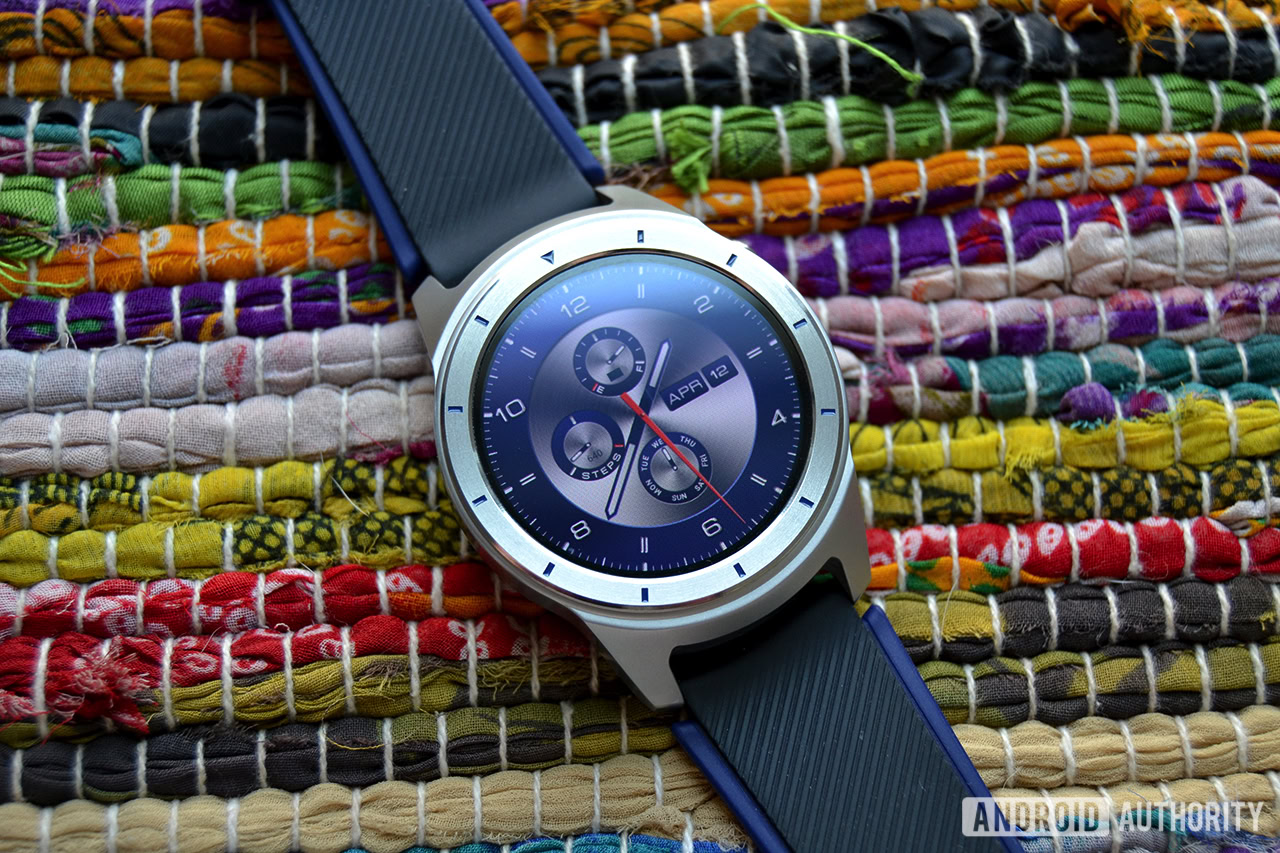
ZTE Quartz
What we like
What we don't like
Our scores
ZTE Quartz
You’ve probably heard this argument in the past, but there’s certainly some truth to it: one reason smartwatches haven’t “caught on” is due to their value proposition. While smartwatches have proven to be handy in some cases, many folks out there aren’t convinced that spending over $300 on a smartwatch is a good idea. ZTE understands this, which is why it has just recently released a budget-friendly smartwatch called the Quartz.
For less than $200 (yes, that’s right), the Quartz brings Android Wear 2.0, a big AMOLED display, and top-of-the-line specs to market. But did ZTE cut too many corners? Find out, in our ZTE Quartz review!
Design
On the design front, the ZTE Quartz is sort of a mixed bag. I say that because ZTE decided to go with a somewhat classy watch casing, while the included strap is a little sportier. This doesn’t make for a particularly great design overall, but I don’t necessarily think it looks bad.
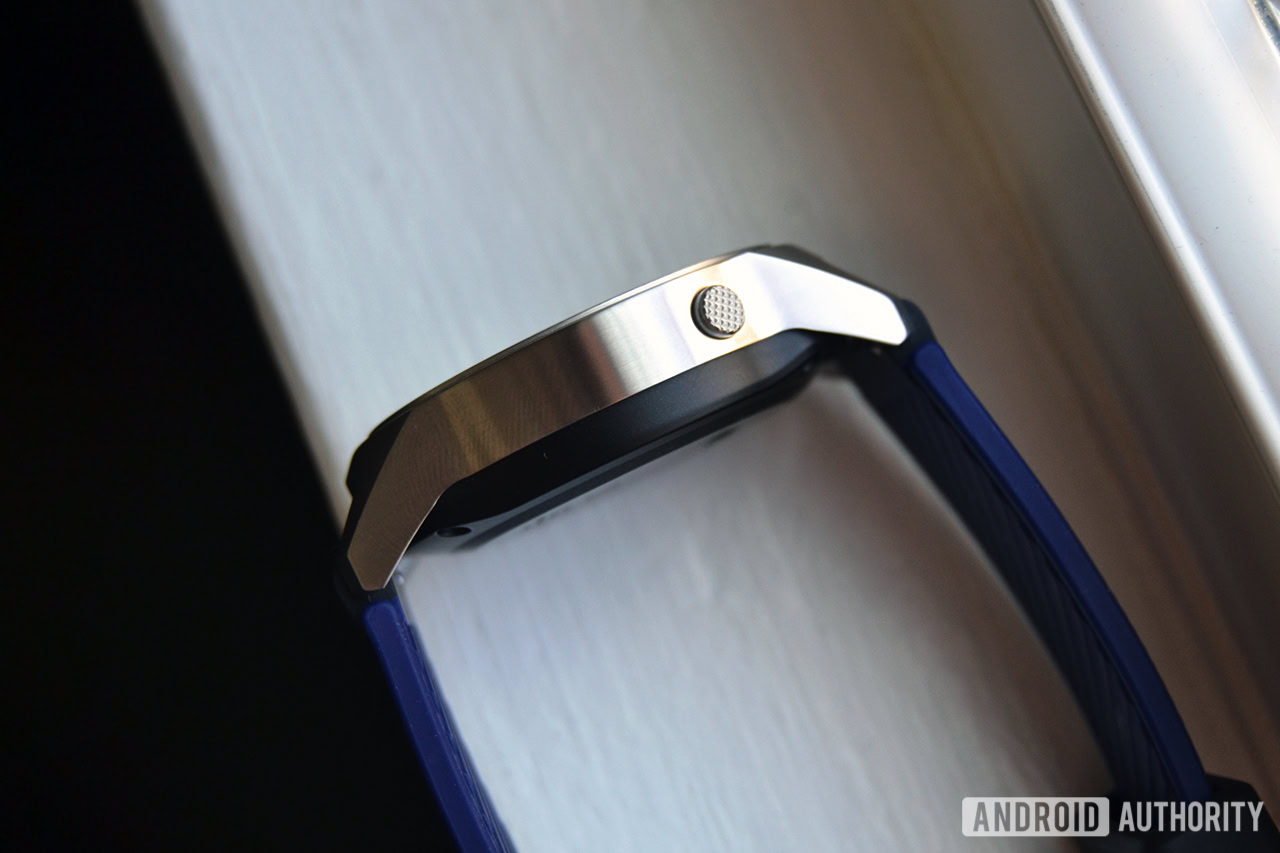
The watch case retains a somewhat minimalistic look, with simple blue hour designations surrounding the bezel. You’ll also find a single physical button on the top-right of the case, which acts as a home/app drawer button. We would have really liked to see an additional way to navigate around the interface, maybe in the form of a rotating crown like the ones found on the LG Watch Sport and Style.
The size and weight of the casing isn’t too far off from what you’d get with any other Android Wear watch, with the watch measuring 46 x 46 x 14.5 mm and weighing in at 89 grams. That’s not particularly huge, but it’s not small, either. Especially considering all the tech ZTE packed into the Quartz, I think a chunkier watch casing is acceptable.
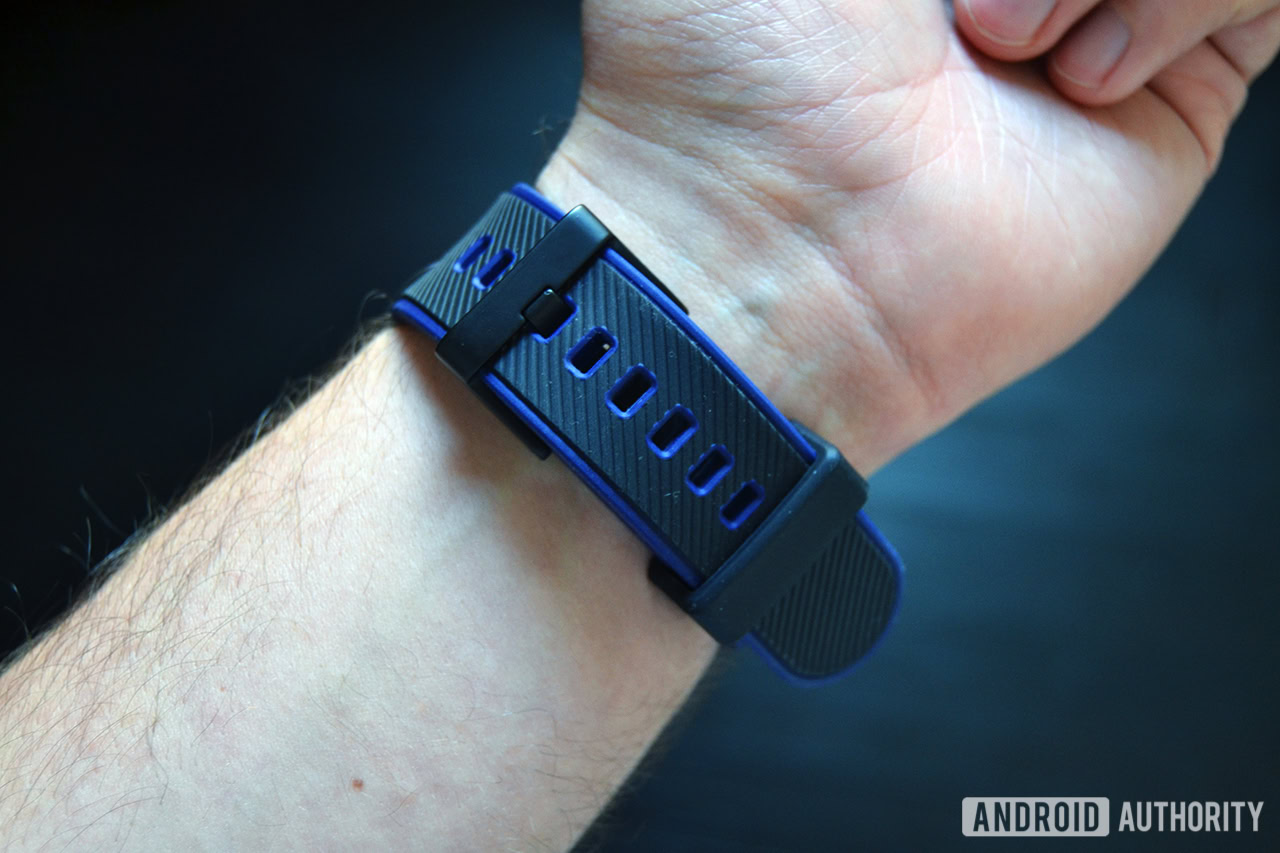
This is the worst strap I've ever used on a watch, period
The same can’t be said for the included watch strap, however. This strap is, without a doubt, the worst I’ve ever used on a watch, period. It’s too thick, and it barely bends around the wrist. This makes the watch pretty uncomfortable to wear for an extended period of time.
Here’s my main problem with the strap: if I tighten it to a comfortable length, the strap won’t bend and conform to my wrist making it feel like there’s a ton of extra space between my wrist and the watch case. But tightening it any more than that makes my wrist feel too restricted, even though the watch looks better that way.
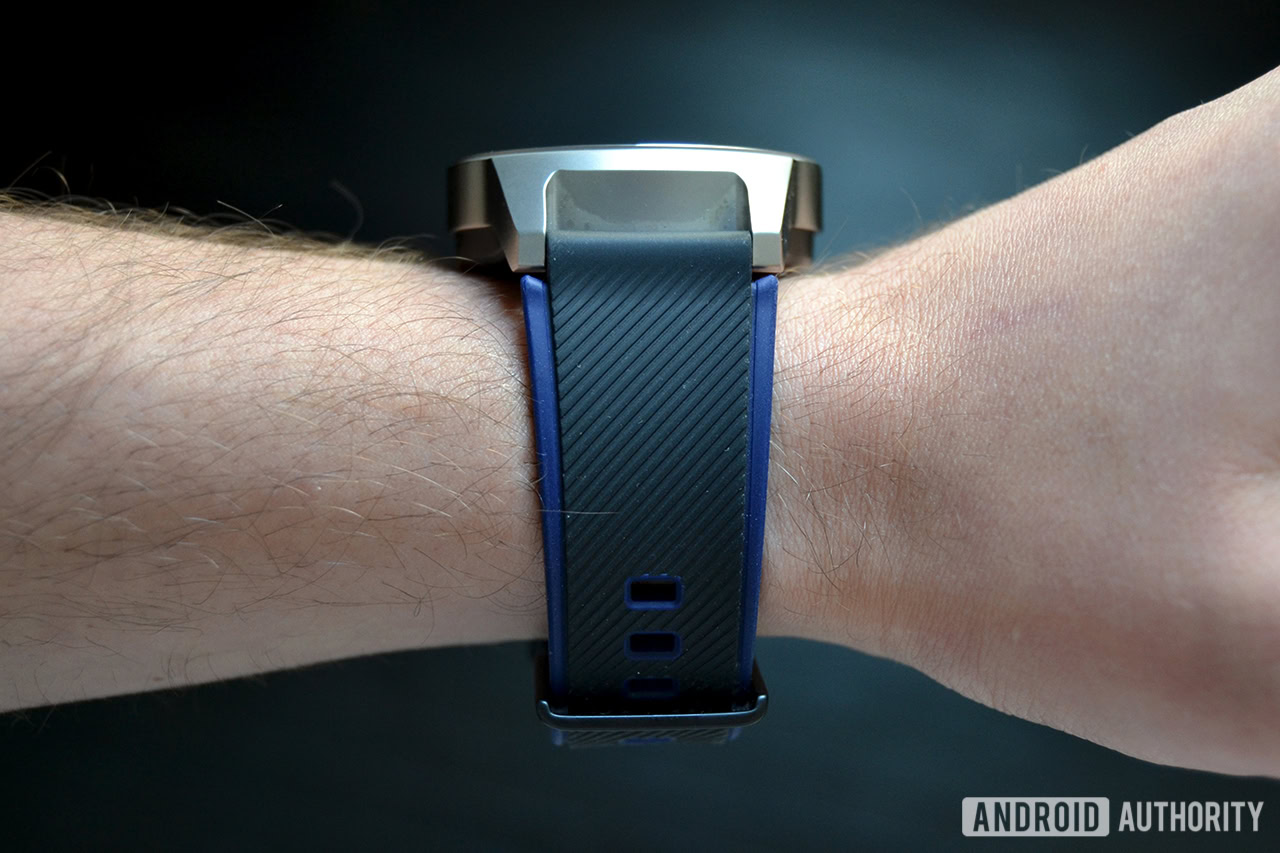
Now, that’s not to say I expected this strap to be perfect (this is a $200 smartwatch, after all), but I did expect something a little better than this. Luckily you’ll be able to easily swap out the included 22 mm strap for your own third-party one. And you should definitely plan on doing this.
Display
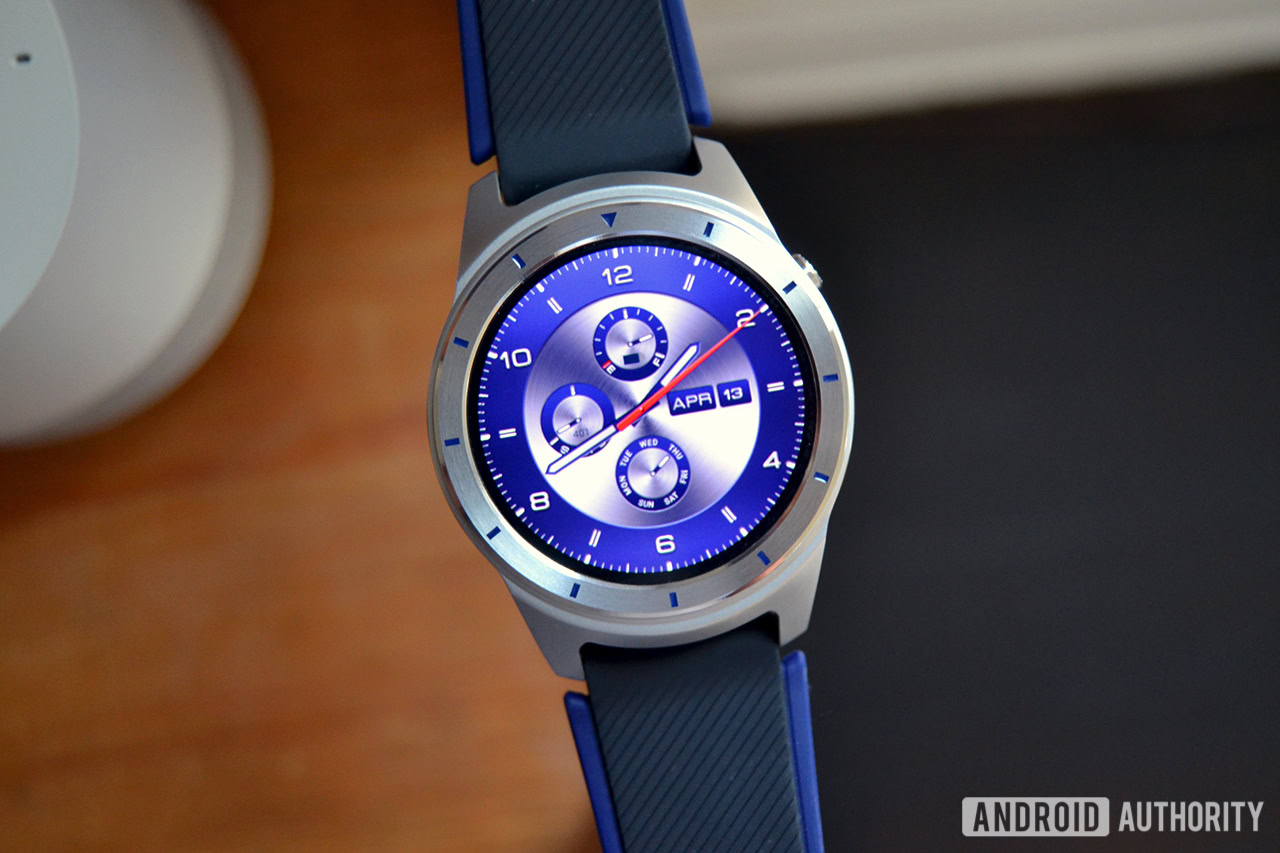
The Quartz' display goes toe-to-toe with the best on the market
As mentioned, the ZTE Quartz comes with a 1.4-inch AMOLED display with a resolution of 400 x 400 pixels. It also has Corning’s Gorilla Glass 3 on top, which has proven to be great at thwarting scratches and nicks over time. The display quality is certainly one of the better parts of this watch. Since it’s an AMOLED panel, there’s plenty of contrast and the colors are super vibrant.
Though the Quartz’ battery is a bit larger than most other devices on the market, it’s always nice to see OEMs including AMOLED panels on their smartwatches for that extra boost in battery life.
It’s worth noting that the Quartz doesn’t have an ambient light sensor, so it won’t automatically adjust its brightness level when you’re in different lighting conditions. That’s okay when you’re inside, but it might be difficult to see the display when you’re outside in direct sunlight.

ZTE did a really great job with this display. It even goes toe-to-toe with the higher-end watches on the market, like the LG Watch Sport with its 1.38-inch 480 x 480 screen and the HUAWEI Watch 2 with its 1.2-inch 390 x 390 AMOLED display.
Performance and hardware

You wouldn’t be able to tell that the Quartz is a “budget” device based on the spec sheet. As is the case with the display, this watch is up there with the best of the best in terms of hardware and performance. It sports a Snapdragon Wear 2100 chipset clocked at 1.1 GHz and backed by 768 MB of RAM.
Throughout my time with this watch, I can honestly say I haven’t experienced any performance hiccups or lag. Especially when it comes to the more animation-heavy parts of the software, like the app drawer or watch face switching screen, the Quartz absolutely flies.
I haven't experienced any performance hiccups or lag with the Quartz
Also on board is 4 GB of storage, which is great news if you’re using the Quartz as a workout companion. Since apps and games don’t take up much room at all, four gigabytes of on-board storage is more than enough room to locally store a few of your favorite albums or playlists. Then if you want to go out for a run (but aren’t a fan of bringing your smartphone), just connect the Quartz to your Bluetooth earbuds, fire up Google Play Music or Spotify, and you’re good to go.
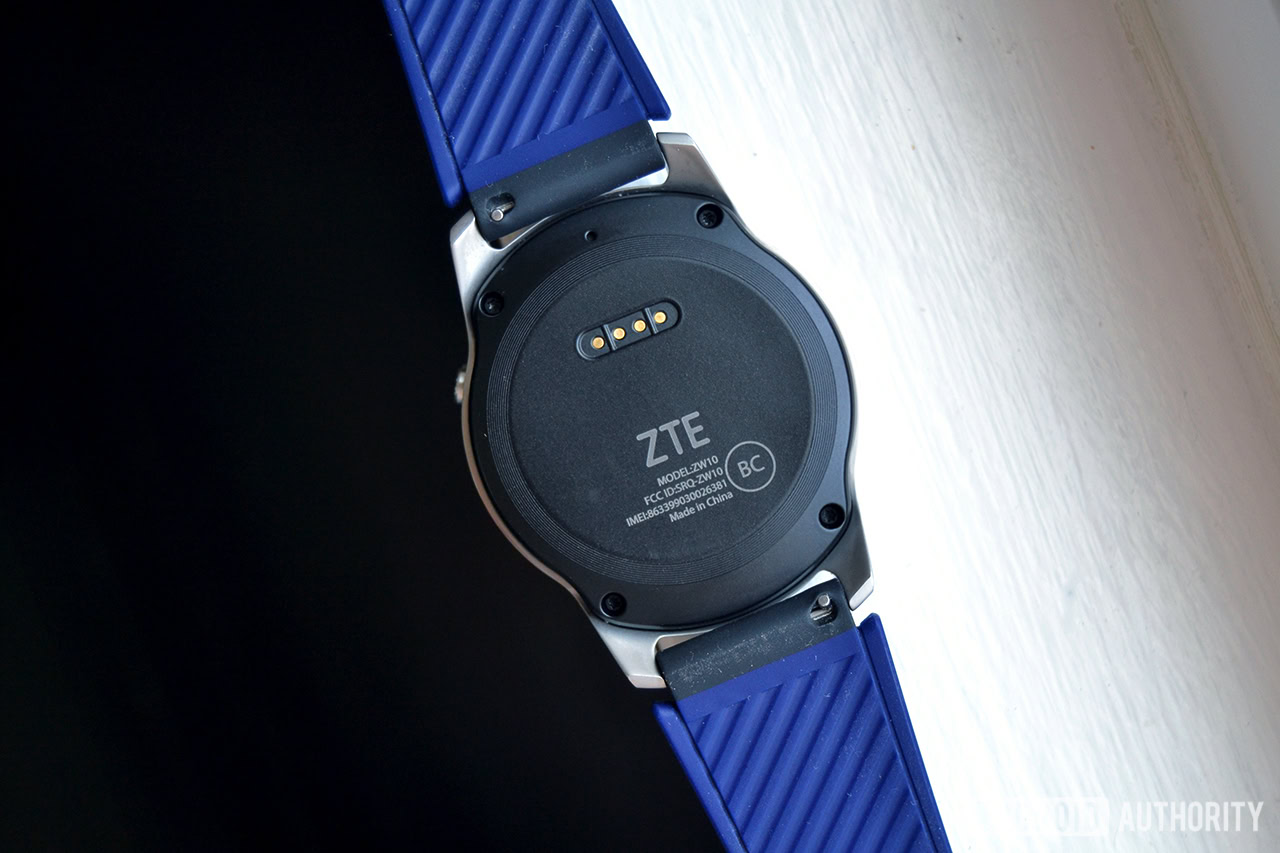
There are a few things you should know before using this device as a fitness tracker. For starters, though it’s a budget-friendly device, ZTE included a built-in GPS with the Quartz. That means you’ll be able to accurately track your distance and pacing for outdoor activities.
Oddly enough, the corner ZTE decided to cut was in regards to the heart rate monitor
Oddly enough, though, the corner ZTE decided to cut was in regards to the heart rate monitor. The Quartz doesn’t come with an optical heart rate sensor, which is an understandable yet odd decision. Normally heart rate monitors come standard on smartwatches, while the built-in GPS is the feature only included on higher-end devices. It’s the other way around in this case. Maybe I’m just bitter because I’m such a big fan of fitness technology, but the choice to omit the heart rate sensor on a semi-sporty smartwatch is never going to make sense to me… even if it was due to cutting costs.
On the plus side, the Quartz comes with an IP67 rating for dust and water resistance, meaning you’ll be able to wear it in the pool or shower.
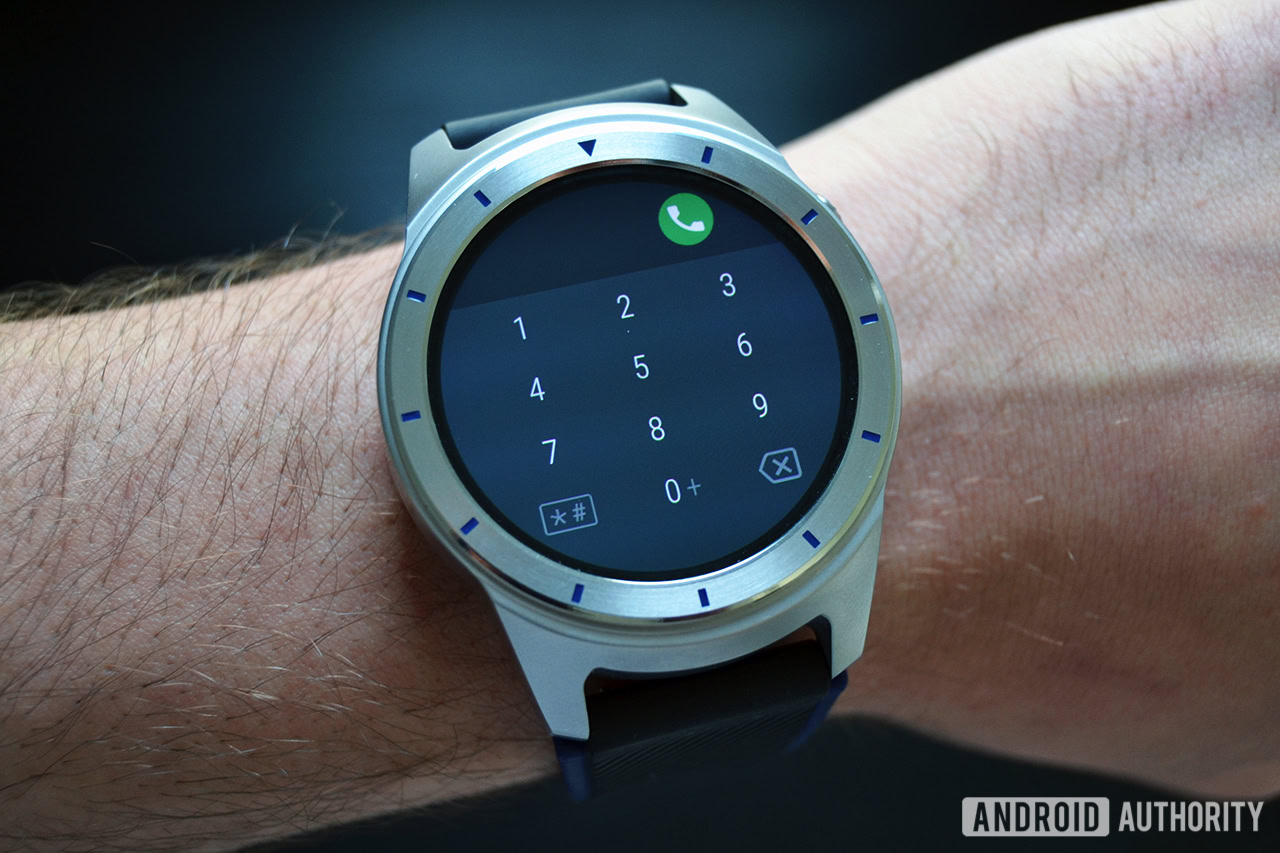
The Quartz can also connect to T-Mobile’s Edge and HSPA networks, allowing you to make calls, send texts, and access the internet without the need of a connected smartphone. There’s no LTE connectivity on board, just 2G and 3G. The lack of 4G LTE support might turn some people away, but I haven’t really found this to be much of an issue. There aren’t really too many times where I’ve found myself without my smartphone nearby, and if that does happen a 3G connection is more than sufficient enough to stream a playlist from Play Music or navigate somewhere via Google Maps.
Placing calls from your watch is as easy as pulling up the Phone app and tapping on one of your contacts. Surprisingly, call quality is actually very good. The people that I’ve talked to tell me it sounds like I’m talking to them on a smartphone, and the on-device speaker can get pretty loud, too. I’m not going to be replacing my smartphone with a cellular-connected watch anytime soon, but the functionality is there if you’re in a pinch.
For how 'connected' ZTE is trying to make the Quartz, you'd think NFC would be a shoo-in
One of the biggest dark spots on the Quartz’ spec sheet is the lack of NFC, meaning you won’t be able to use Android Pay on your watch. No matter how many times companies say “U.S. users don’t use NFC“, I’m still going to complain about it only because it feels lazy not to include it. Not only are NFC chips inexpensive, it should have been easy enough for ZTE to include one in the Quartz due to the large design of the watch case.
For how “connected” ZTE is trying to make the Quartz, you’d think NFC would be a shoo-in.
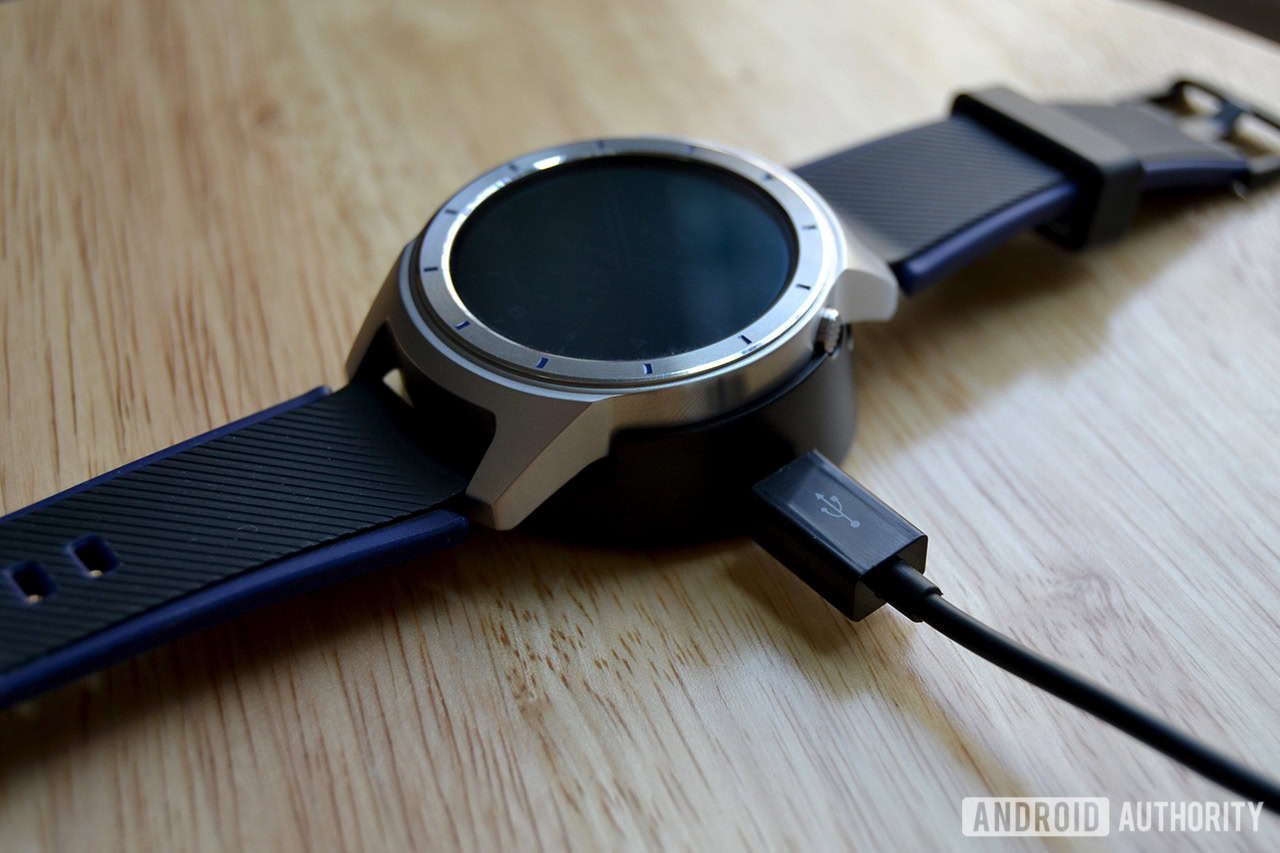
On the battery front, ZTE claims the Quartz can last up to 36 hours on a single charge, and I’d say that’s accurate. The Quartz’ 500 mAh cell is pretty big compared to other Android Wear devices out there, and the AMOLED display certainly helps the device sip power.
Of course, your mileage may vary depending on how you use the device. For instance, if you’re constantly leaving the house without your smartphone and using the Quartz as your primary calling/texting device, your battery might drain a little quicker than normal. I’ve had my smartphone paired to the Quartz via Bluetooth for most of the review period, and I’ve had no problem making the device last a day and a half on one charge.
When you do have to charge the Quartz, the included charger makes the process painless. You get a simple dock that connects to a microUSB cable, which can then be plugged into a computer or wall outlet. Thankfully charging the device to 100% doesn’t take too long, so you be up and running again in an hour or two.
Software
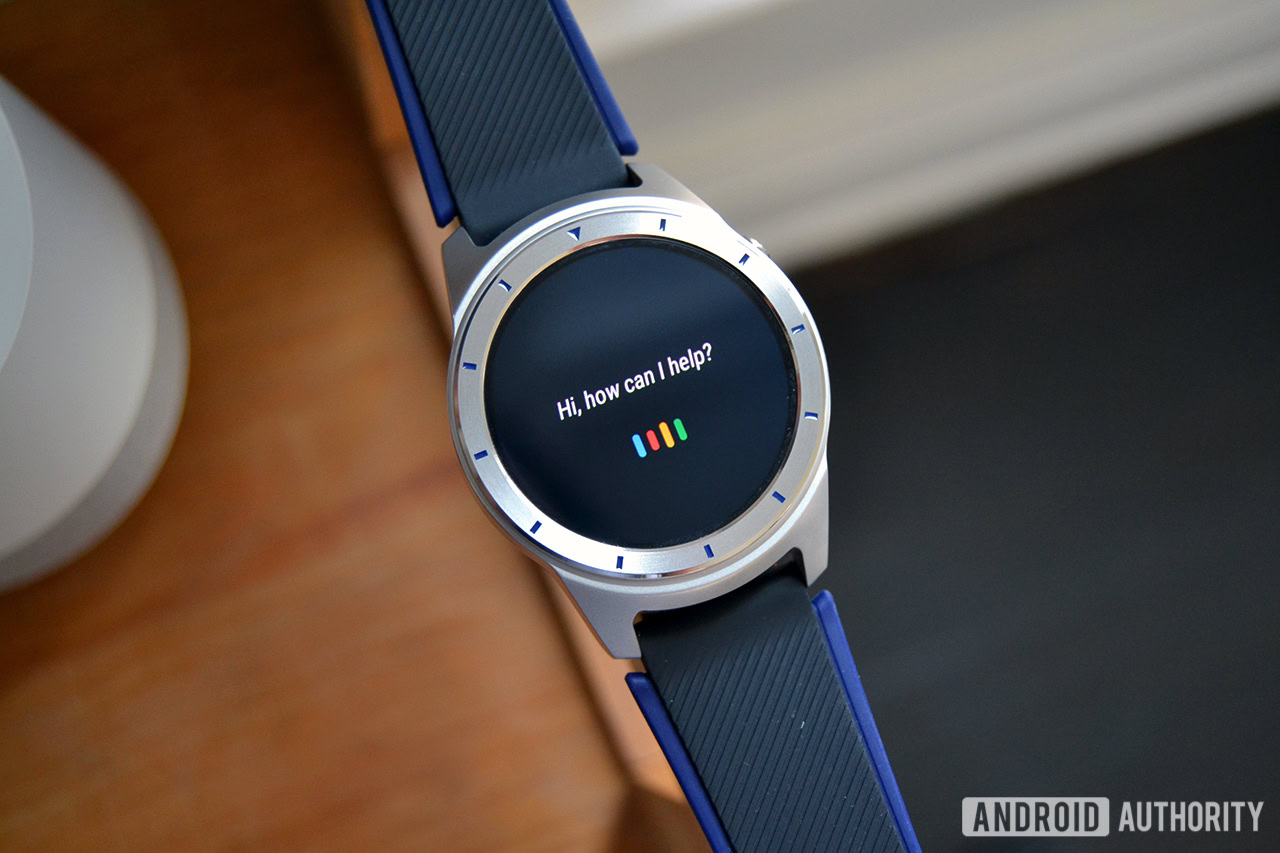
As we’ve stated in our LG Watch Sport and HUAWEI Watch 2 reviews, Android Wear 2.0 fixes a lot of the big qualms we’ve had with Google’s smartwatch OS.
If you’re already familiar with the way Android Wear 2.0 works, you’ll be right at home here. Google doesn’t allow manufacturers to fiddle with the interface too much, so this is the same software you’ll see on most other Android Wear watches running 2.0. But for those who’d like a closer look into what the 2.0 update offers, here’s what you need to know.
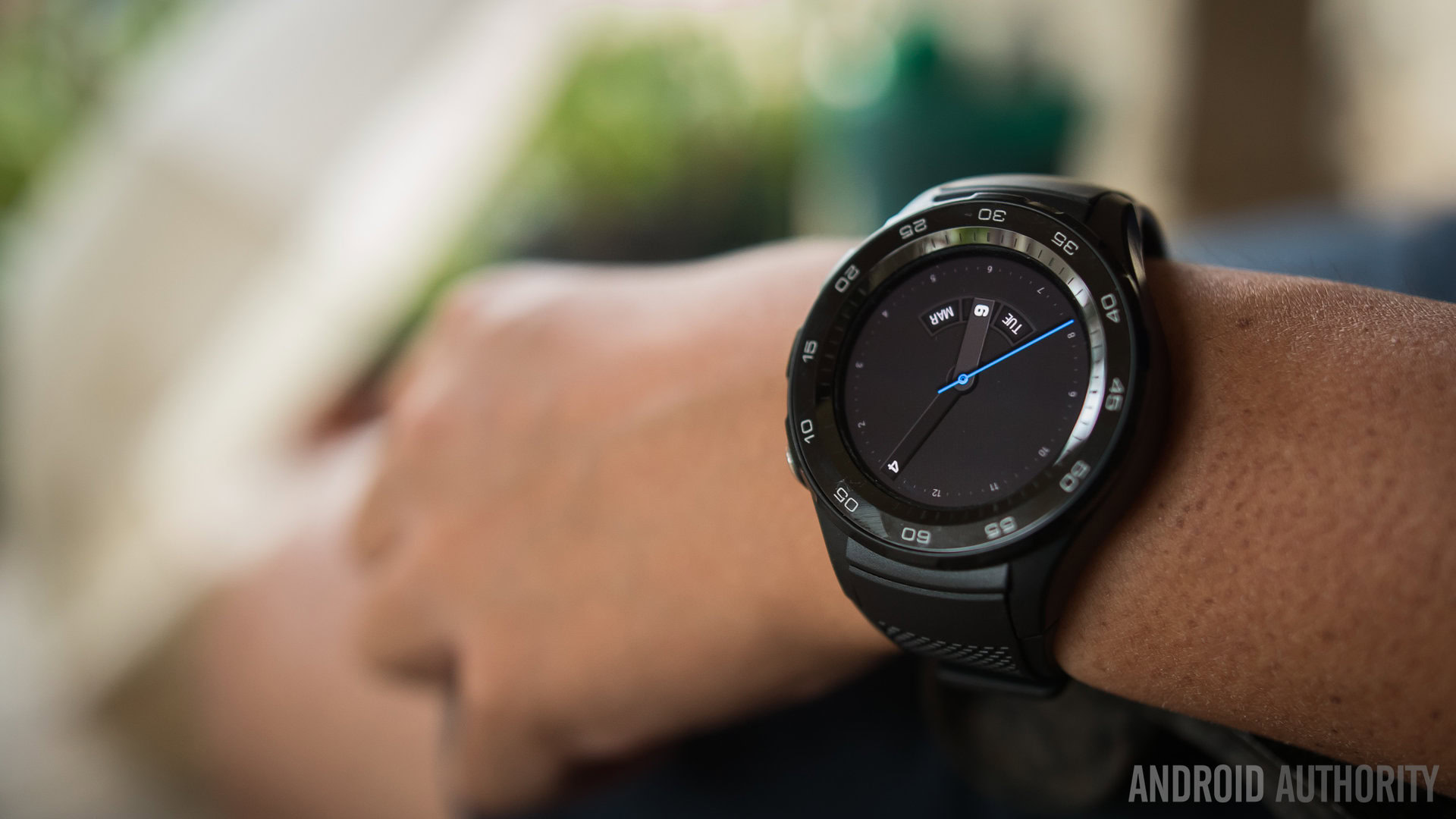
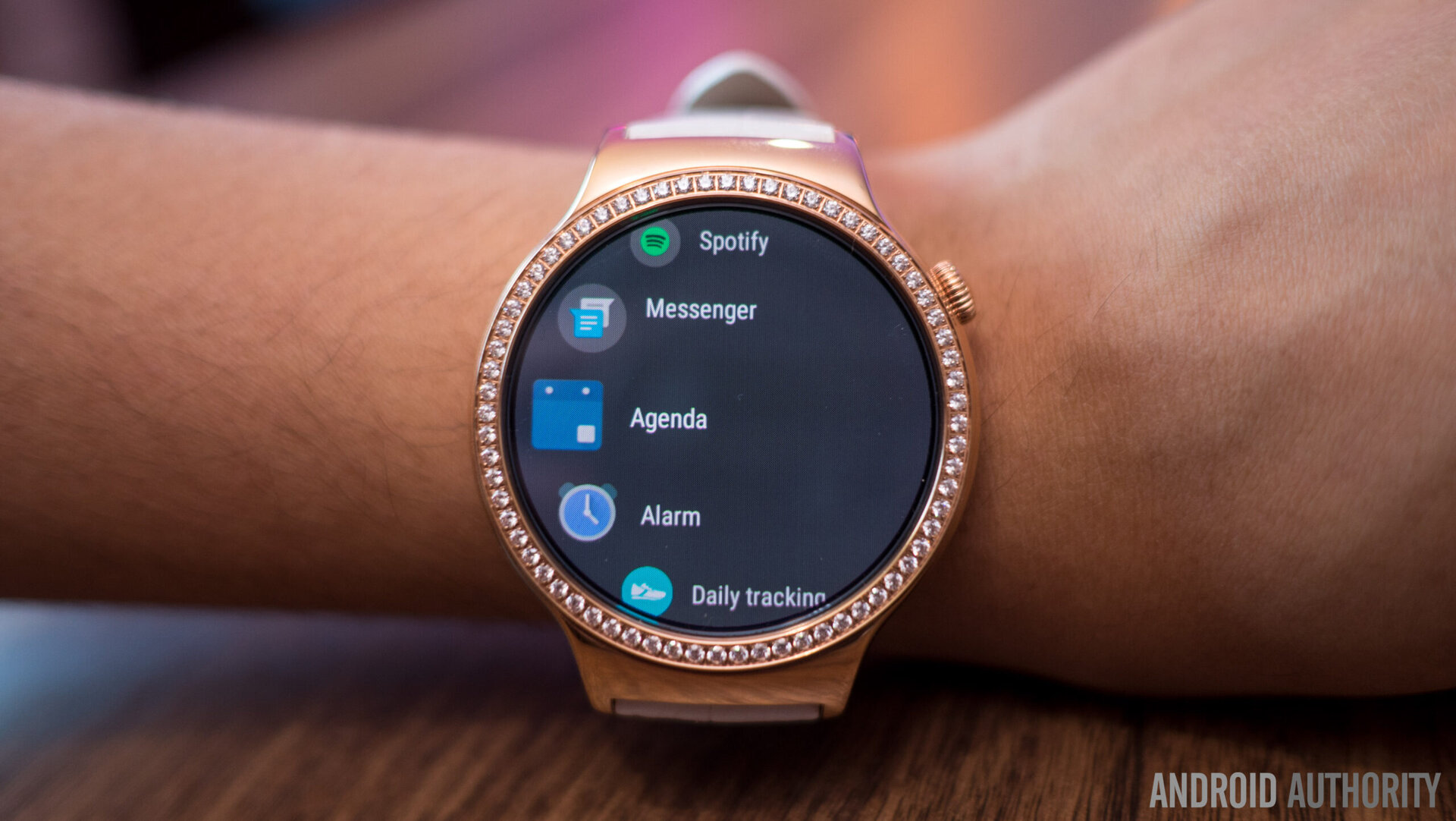
You’ll no longer see a big list of notification cards. Instead, each notification now gets its own colorful screen that can be expanded and acted upon, which makes for a much more user-friendly experience.
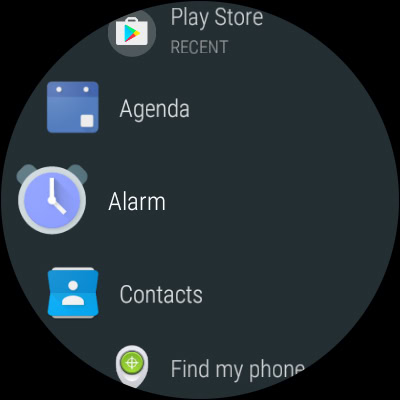
There’s also a revamped application drawer that can be opened with the press of the physical home button. From there, you can scroll through a big list of your installed apps and quickly launch the app you’re looking for. Again, this is a really welcome feature and allows you to launch apps much quicker than ever before.
Speaking of apps, Android Wear 2.0 also brings standalone applications, which means you don’t have to have your phone nearby to send data to your smartwatch. I’ve found it to be pretty annoying that Android Wear now forces you to download every individual app that you want to use on your smartwatch, but this change is understandable.
Allowing watch applications to be fully functional on their own is an important step in the right direction, especially now that we’re seeing more and more 3G- and LTE-connected watches.
Watch faces in Android Wear 2.0 are also smarter. Now, with the addition of the Complication API, watch faces can now feature actionable buttons that give you quick access to Google Fit, recent messages, currently playing music, or basically anything else you can think of.
Google has also been bringing its new Assistant to more and more devices over the past few months, and Android Wear watches are on that list. With Google Assistant, you can add new items to your shopping list, set calendar reminders, make reservations, and even control smart devices around your home, all with your voice. You can access Assistant by long-pressing the physical button on the side of the device.
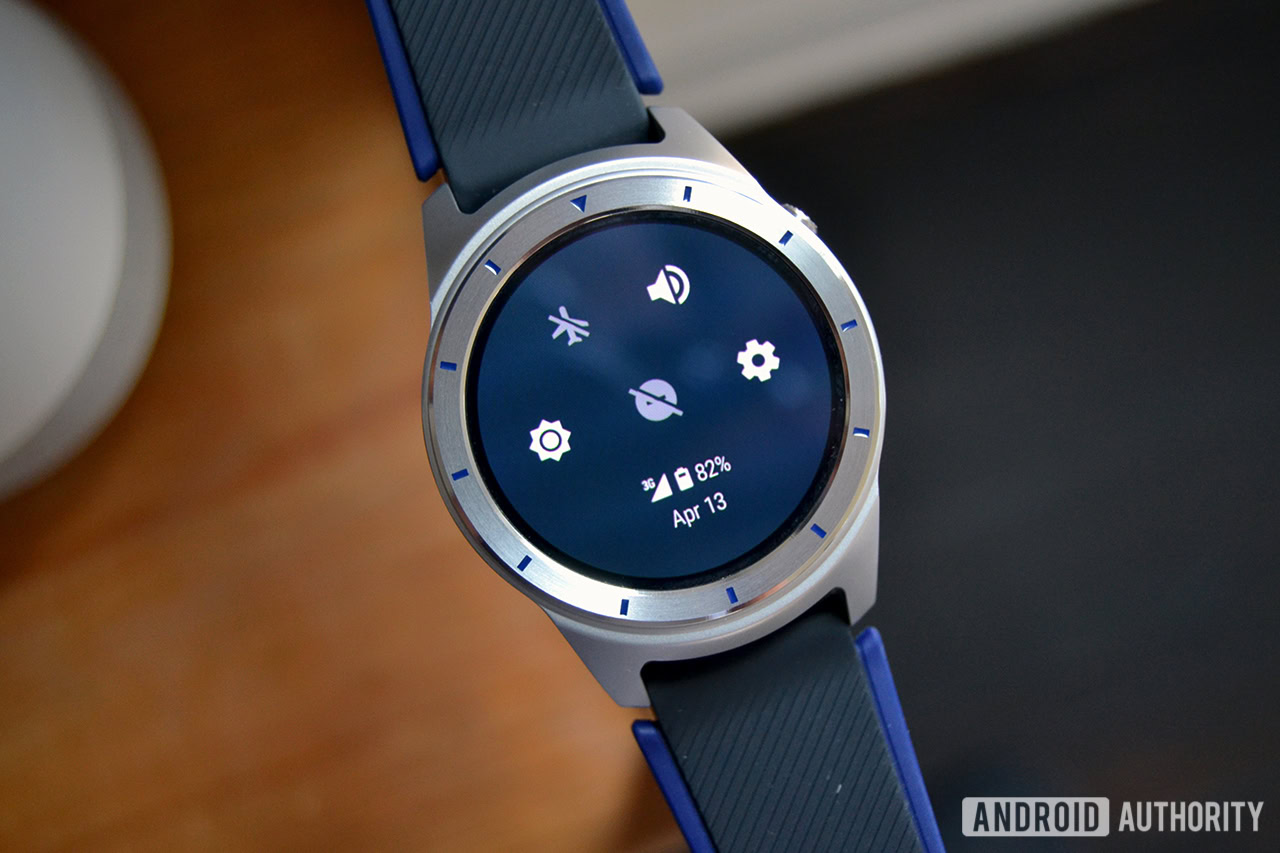
You’ll also need to use the Android Wear smartphone application to pair your phone with your watch, and all in all, this app hasn’t changed much over the years. With the smartphone app, you can change your watch face (which you can also do on the watch itself), see stats on watch battery, storage, and data usage, and more. Once you have everything set up and paired, this is sort of one of those set-it-and-forget-it applications.
Specifications
| ZTE Quartz | |
|---|---|
Display | 1.4-inch AMOLED 400 x 400 resolution Corning Gorilla Glass 3 |
Processor | 1.1 GHz quad-core Qualcomm Snapdragon Wear 2100 |
RAM | 768 MB |
Storage | 4 GB |
Battery | 500 mAh Non-removable |
Connectivity | Bluetooth 4.1 Wi-Fi (802.11) b/g/n 2.4 GHz |
Network | GSM/EDGE 850/1900 HSPA 850/1900/AWS |
Sensors | GPS/A-GPS/SUPL Accelerometer Gyroscope Barometer |
Audio | Built-in speaker Built-in microphone Sounds and notifications |
Water resistance | IP67 |
Software | Android Wear 2.0 |
Dimensions and weight | 46 x 46 x 14.5 mm 89 g |
Gallery
Should you buy it?
As mentioned, the ZTE Quartz is available exclusively at T-Mobile.com for just $192, or for 24 monthly payments of $8. That’s a pretty low price for a brand new Android Wear device, considering most new watches launch for around $300-$350.
So the big question is, should you buy the ZTE Quartz? I’d be inclined to say no.
The Quartz has a lot going for it. It comes with a big AMOLED display, a GPS, smooth and steady performance, and it’s running the latest version of Android Wear. With that said, there’s a pretty big list of older Android Wear devices slated to get the 2.0 update sometime soon. The Moto 360 (2nd Gen.) and original HUAWEI Watch are on that list, and in my opinion, are much more capable (and attractive) devices. No, these older watches might not have the latest and greatest specs, but they also don’t cut corners. Plus, you can usually find them for around $200-$250 on Amazon.
I suppose if you need a 3G-capable watch and are already a T-Mobile customer, the Quartz might be a decent buy. But for everyone else out there, you probably shouldn’t waste your time with this one.